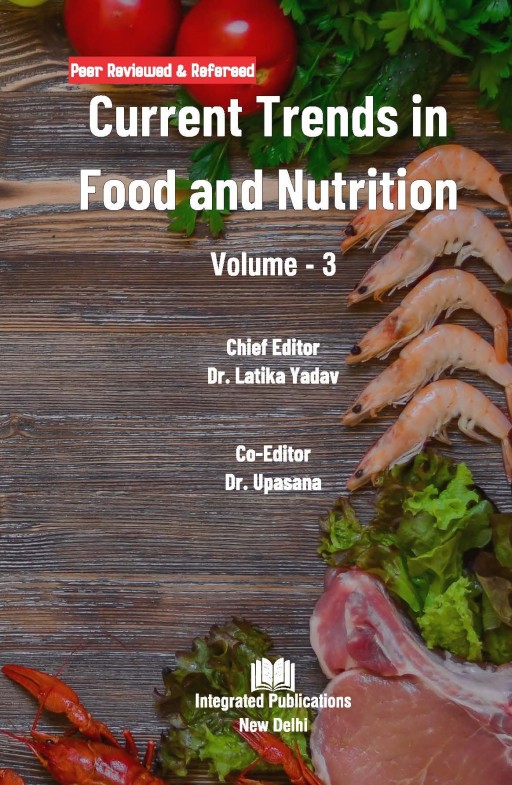Essential Oils: Extraction Techniques and Applications


Essential oils (EOs) are liquid preparations, produced from plant materials. There are numerous techniques used to extract essential oils, each of which has its advantages and affects the biological and physicochemical characteristics of the extracted oils. More than 200 compounds, both volatile and non-volatile, can be found in essential oils derived from various plant species. The use of essential oils as antibacterial, anticancer, anti-inflammatory and anti-viral medicines, among other things, is made possible by their effective and efficient qualities. Essential oils and their applications by employing essential oils as a natural preservative that are suitable to be used in food preservation, pharmaceutical, cosmetics and among other industries. So far as factors which are responsible for food spoilage and other health related problems are still in existence, there is the need to develop sustained preservation and public health relief techniques. Since EOs are all-natural, risk-free, and GRAS-recognized, they can be used sparingly or liberally, depending on the effects of the bioactive chemicals that have been shown to increase product quality and safety without compromising nutritional value or sensory quality.